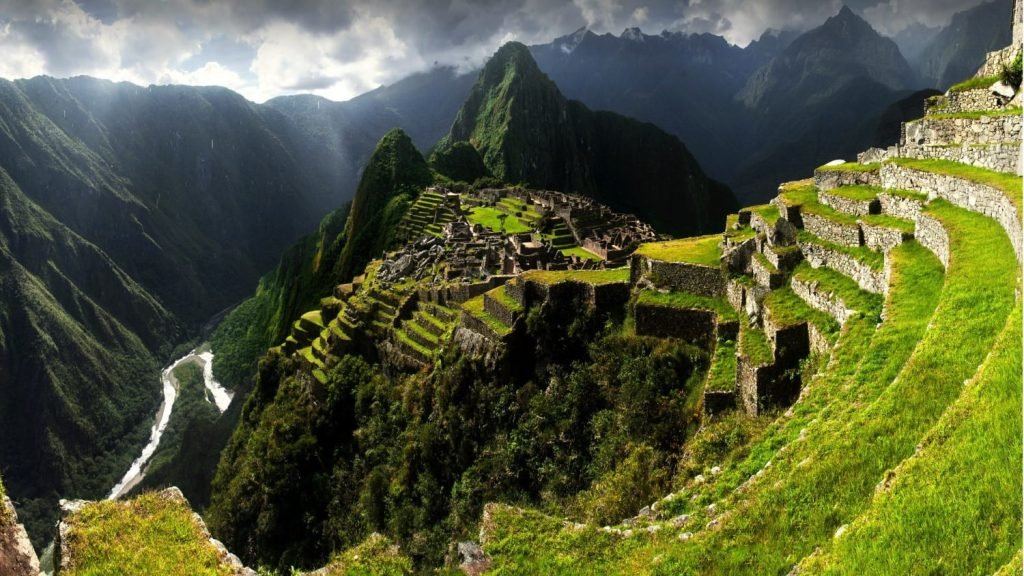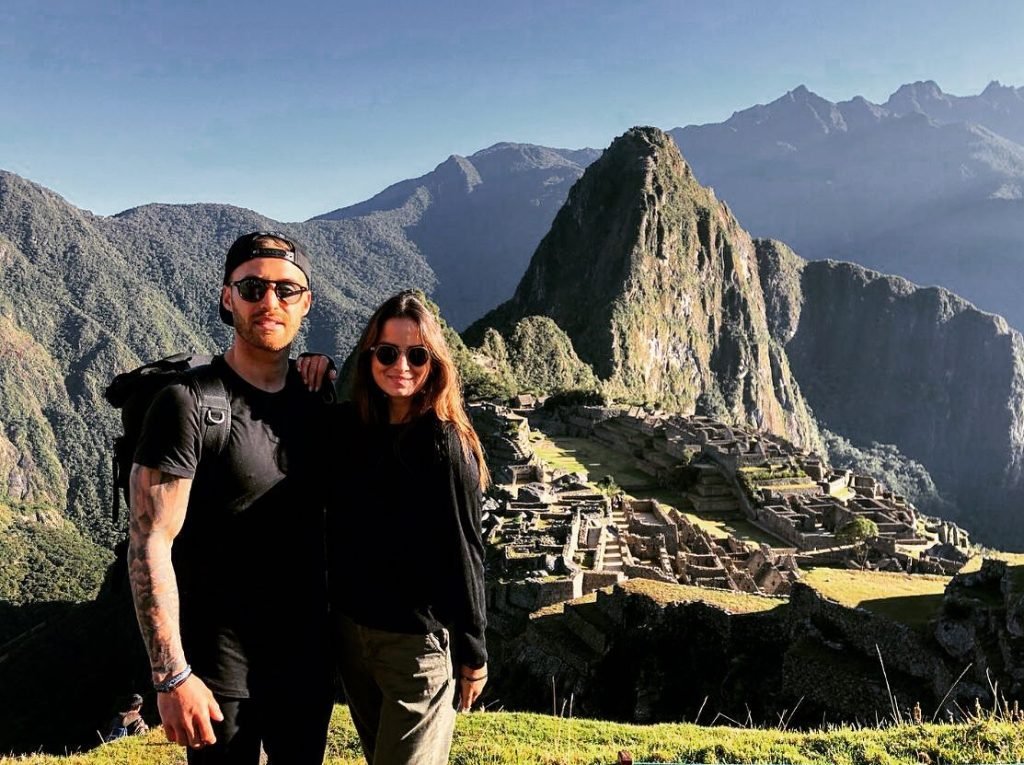Machu Picchu has a high altitude subtropical mountain climate, characterized by cool temperatures throughout the year. Here, we will dive into the seasons and climatic conditions that shape this incredible citadel. We will help you discover the best time to visit, taking into account important factors such as the rainy season and the dry season.
What is the weather like in Machu Picchu?
The climate in the Inca city of Machu Picchu is subtropical and humid. Here are some key facts:
- Average temperature: 12 °C – 24 °C.
- Humidity: 77% in dry months, 91% in rainy months.
- Precipitation: 1,600 – 2,300 mm per year.
Weather in Machu Picchu for today
Dry Season in Machu Picchu (May – October)
The dry season in Machu Picchu runs from May to October. This period is considered by many to be the best time to explore this wonderful archaeological site. During these months, you can expect mostly sunny days with temperatures varying between 16 and 19 ºC, while the nights are cool.
Advantages of Visiting Dry Season
- Stable Weather: Dry and stable conditions, ideal for a rain-free experience in Machu Picchu.
- Clear Views: Greater visibility of the panoramic views of Machu Picchu.
- Dry Trails: Less slippery paths, facilitating exploration of the citadel.
- Lower Humidity: Drier environment, providing comfort during the visit.
Disadvantages of the Dry Season
- Higher Concurrency: As it is the high season, there are more tourists, affecting the tranquility of the site.
- Higher Prices: Lodging and tours can be more expensive during the dry season.
- Higher Temperatures: Hotter days, requiring extra precautions against sun exposure.
- Less Lush Vegetation: Compared to the rainy season, the landscape is less lush.
Rainy Season in Machu Picchu (November – April)
From November through April, Machu Picchu enters its rainy season, with temperatures ranging between 19 and 21 ºC. February is notably the rainiest month, resulting in the closure of the Inca Trail. Despite the intense rains, this period has its benefits, such as the decrease in the number of visitors, the reduction of tour prices and the beauty of the green landscapes.
Advantages of Visiting in Rainy Weather
- Smaller groups: Fewer tourists allow for a more intimate experience.
- Lower Prices: Tour rates to Machu Picchu tend to be more affordable.
- Green Landscapes: Nature awakens with vibrant hues.
- Warm Weather: Despite the rain, temperatures are pleasant.
Disadvantages of Visiting in Rainy Weather
- Intense Rains: Frequent and intense rains, generating slippery conditions and difficulties in exploration.
- Risk of Landslides: Increases the risk of landslides, occasionally causing road closures for safety.
- Limited Visibility: Rain and clouds can limit the iconic views of Machu Picchu, affecting the visual experience.
- Travel Delays: Possible transportation disruptions due to rain, affecting travel plans.
- Insects and Diseases: Increased presence of insects and risk of mosquito-borne diseases.
Weather and Temperature in Machu Picchu by month

January (Wet, Quiet)
January is a serene month with temperatures that can reach 20 ºC during the day and drop to 8 ºC at night. Although it rains an average of 23 days a month, it is possible to visit Machu Picchu by train, as it is usually clear.
February (Inca Trail Closed)
February is one of the rainiest months of the year, and during this time, the Inca Trail is closed. Trekking is not recommended, but there are other options for tours to Machu Picchu.
March (Wet, Quiet, Ideal for Trekking)
March is a mild and calm month, perfect for trekking. Rainfall is less intense and temperatures range from 18 ºC during the day to 6 ºC at night.
April (Moderately Humid, Good for Trekking)
April is a calm month with less rainfall, ideal for visiting or trekking. Temperatures can reach 21 ºC during the day and drop to 6 ºC at night.
May (Dry, Start to Get Busy)
May marks the beginning of the dry season and the start of the trekking season. It is advisable to book in advance to obtain the necessary permits for the Inca Trail. Daytime temperatures can reach 21ºC, dropping to 3ºC at night.
June (Dry, High Season)
June is a dry and busy month, with the trekking season at its peak. Temperatures usually hover around 20 ºC during the day and 2 ºC at night.
July (Dry, High Season)
July, like June, is a dry and busy month. Daytime temperatures are usually 20 ºC, dropping to 1 ºC at night. It is recommended to arrive early to Machu Picchu.
August (Dry, High Season)
August continues to be a dry and busy month. The trekking season continues at its peak, with temperatures similar to July.
September (Dry, End of High Season)
September is a dry month and marks the end of the high season. Although early rains may occur, the trails remain busy. Temperatures are usually around 21 ºC during the day and 5 ºC at night.
October (Early Rains, Quiet, Ideal for Trekking)
October marks the beginning of the rains, making it a good month for trekking. It rains on average 12 days, with daytime temperatures of 22ºC and nighttime lows of 7ºC.
November (Moderately Humid, Suitable for Trekking)
Despite the rains, November is suitable for trekking. Daytime temperatures are 22 ºC, with nighttime lows of 7 ºC. Rainfall averages 14 days per month.
December (Wet, Not Recommended for Trekking)
December marks the rainy season at its peak, making trekking inadvisable. It is appropriate to visit Machu Picchu by train, with daytime temperatures of 19 ºC and nighttime minimums of 7 ºC.





